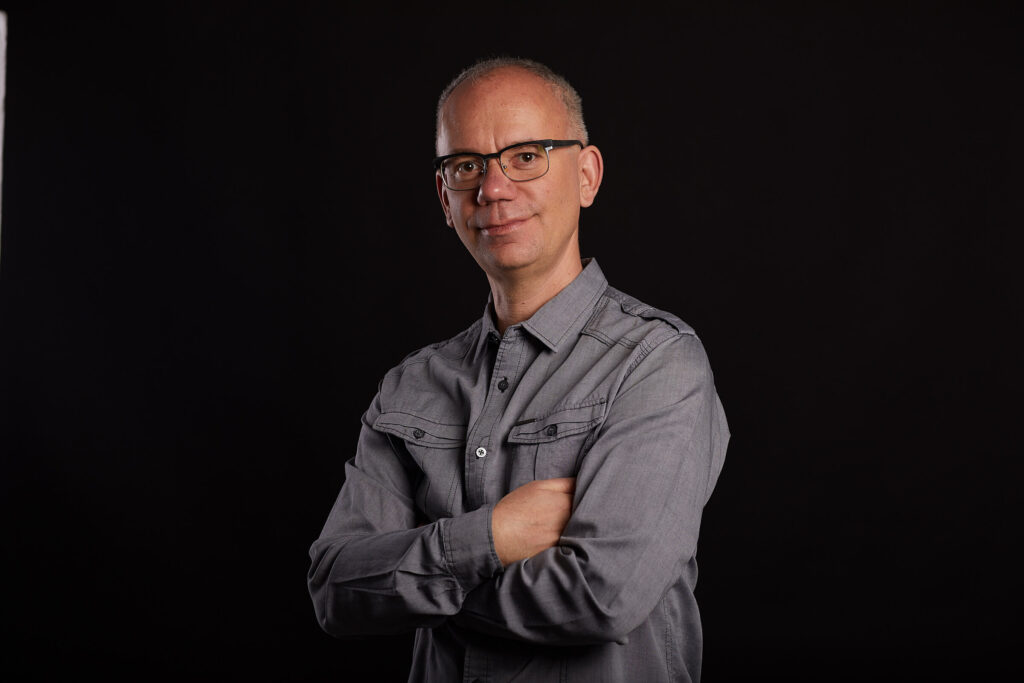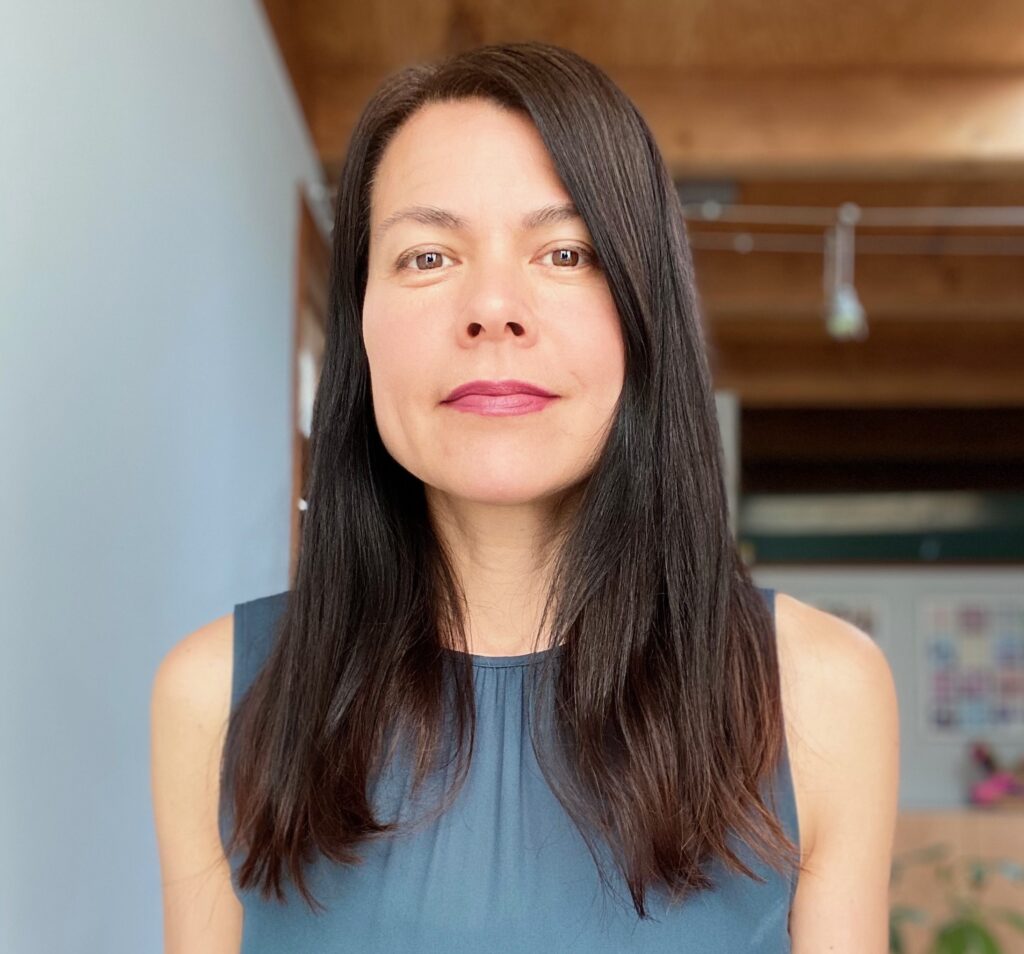News & Articles
Color Q&A: Emily Johnston, engineering manager – Color
Michael Krantz
Let’s start with your childhood. Were you a supergeek?
Basically, yes. I grew up in a suburb of Ottawa, the capital of Canada. It’s a big telecom hub, so outside of government, the second largest employer was various combinations of Bells. My dad and a lot of my friends’ dads were in tech — gender ratios were bad then, too. So people had computers in their houses a lot earlier. My high school computer science classes taught Java. It was just really ahead of the curve.
So you were always into computer science?
Yeah, I went to computer camp, I got a job in high school working for Cisco. By the time I got to college I’d been programming for a long time.
And you studied computer science in college?
I actually studied hard engineering, systems design engineering. I went to Waterloo, Canada’s leading technology university, and wound up doing as much civil engineering in an academic setting as I did computers.
Grad school?
Nope. I ran screaming from school as fast as I could. I don’t like school. I like work. I started at Google at 2007 — that year Waterloo actually beat out Stanford and Berkeley as Google’s highest intake school! — and wound up working there for eight years.
What were your roles at Google and then Pinterest?
At Google I was a software engineer and worked my way up to staff engineer, working on cool stuff like Google Web Search and Google Cloud. I was managing people for a couple years before I left.
At Pinterest I started as an individual contributor working the advertiser-facing product engineering team. But after a few months they needed a manager for a new team, and I said okay, I’ll do it.
Which led to your job at Color?
Yes, my role here definitely follows from that earlier experience. I’m the manager for Color’s product engineering teams: the people who build the experience that our clients have when they view their results on color.com.
One of the notable components of product engineering is that it’s inter-disciplinary by nature. Understanding what users need and then building it involves close collaboration with design and product management. It’s an interesting mishmash. It’s really where technical and psychological stuff collide in interesting ways.
And how would you describe your role in that ongoing project?
It really depends on the team. This summer we’ll have a lot of new grads coming in. So I’ll spend a lot of time mentoring, sharing work stories, and ensuring that we have a collaborative working environment. Are they working on the right things? Are they getting recognition? Are they in an area of the product that they feel passionate about? Are they working too much? Are they not getting enough work? Are they doing too much of the same work?
In a broader sense, I try to keep a long view perspective, to help us make the right decisions in preparation for where we’re going to be rather than just solving the problems that are immediately in front of us. Problems can be deceptively simple. The real challenge is the maintenance going forward.
How do you feel about the place of women in tech today? Is rectifying those imbalances a priority of yours as a leader?
It annoys me when people are like, let’s check some box that we have a certain number of women. Like: “Our team has 20% women and 10% URM — no problems here!” I’m trying to attack the problem at a more base level. I think my responsibility is to create the culture that I want to work in. I think most people, regardless of demographics, want to work at a place where they’re accepted, growing and having a good time in a responsible way. That’s what I do, and so far it has attracted and retained a pretty diverse crowd.


